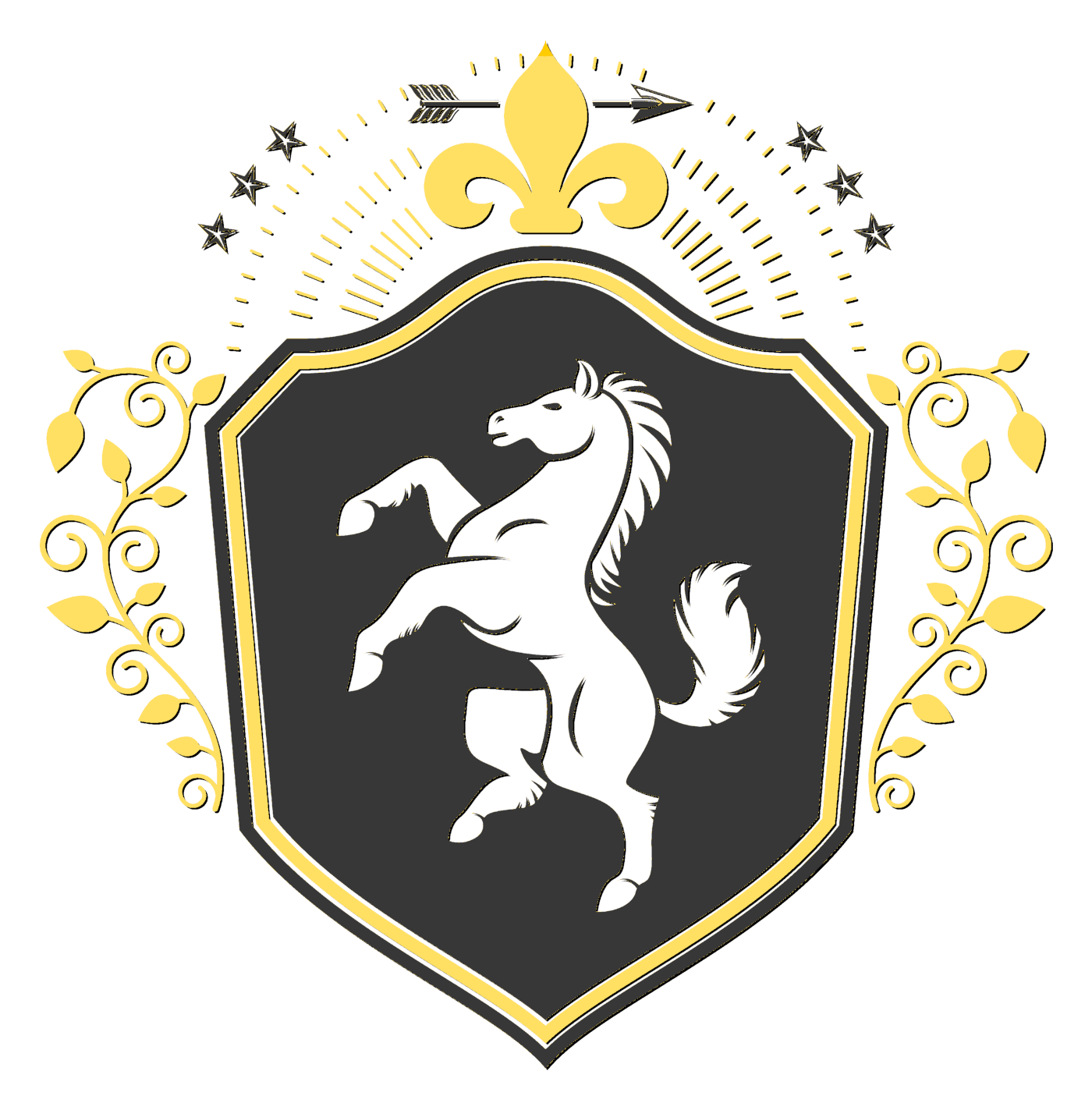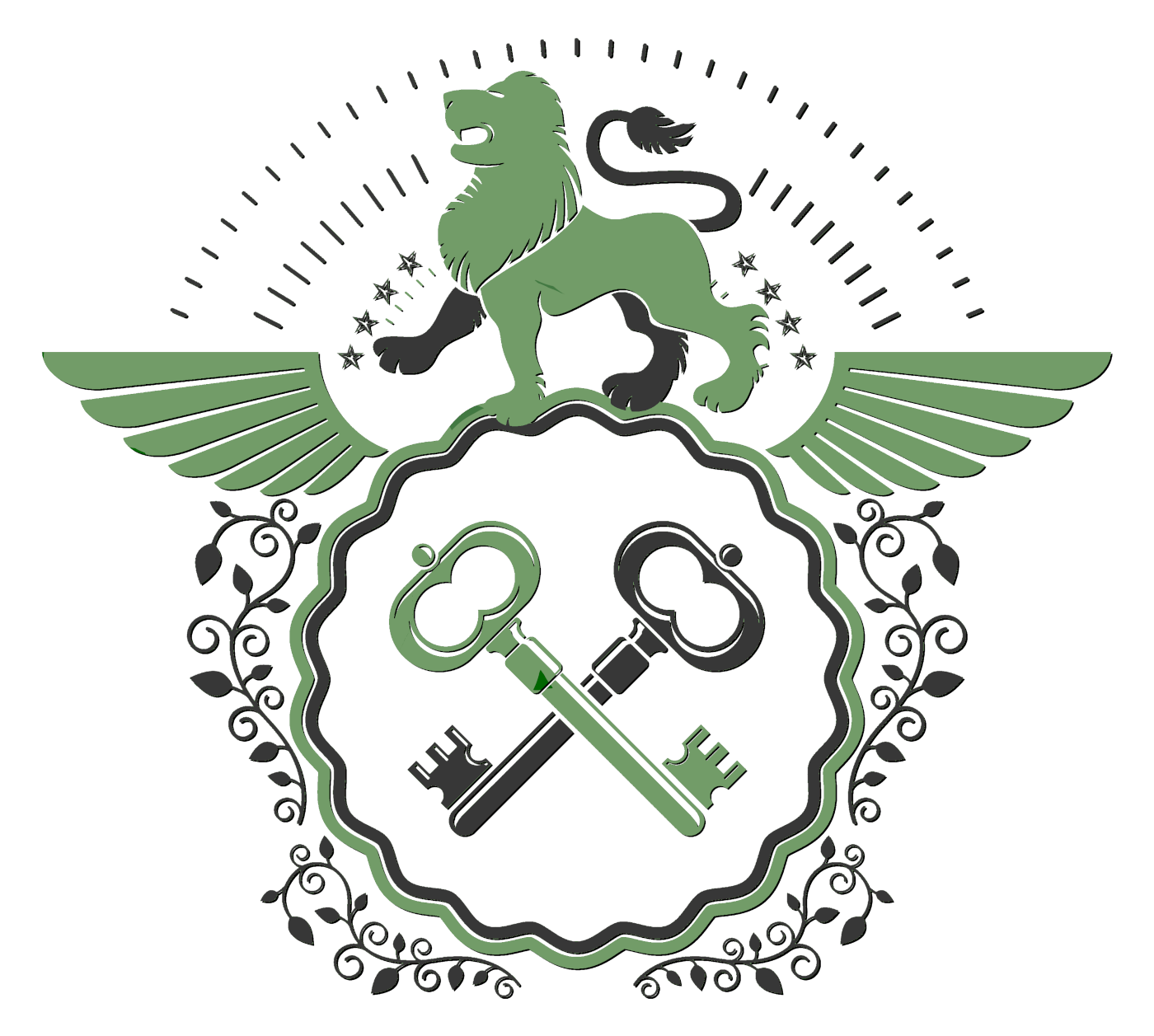Here is some information I typed up about the invasion lights.
Critique I pray you!
I am indebted to Star Wars for the basic premise of lightsabers. But what I have developed is far better than lightsabers.
The “blades,” first of all, are never colored; they are always white, though in some lights they seem to have a bluish hue like some white LED lights have. The blades are not cylindrical, but are nearly so: they are elongated ovals, as narrow and long as a sword blade.
The ovals appear like a light when they are activated, and if you look you can see that they are not even connected to the handle. They do not come in and out of the handle as lightsaber blades do.
If you look closely you can see that the outline of the oval is not smooth, as if it goes from side to side like a kris blade, but the deviations are so small, frequent, and regular that it only seems to give the edge a corrugated, or scalloped look. This can be seen the same from any angle, I do not know what causes it. It cannot be perceived at a stones throw away or more.
It is also not clear whether the blades are not sometimes little more than optical illusions. They can pass through some things, and not through others. Sometimes the blade will be seen even if it is behind something that should obstruct the viewer from seeing it, for instance, a person may close a door between himself and an observer, and walk down a hall, but the observer can see the blade as clearly as if it were still on his side of the door, even if he sees it going away and growing more distant as the person carrying it walks farther away.
When they are “thrust” into something (though this is similar to “thrusting” a flashlight beam into something), they may become transparent, especially towards the thing that it thrust into. Also the thing may seem to be in front of the blade, just as the blades sometimes seem to be in front of things they are actually behind. On the thing that they are thrust into, there often appears a light pattern like a target with one ring and a bulls eye.
This target shaped light pattern often appears when the blade is pointed directly at your eyes, especially if the blade is moving.
Also, the second main difference is that the blades can cut nothing. They can do various things, but they cannot cut through anything any more than the sonic screwdriver can (no inspiration was taken from the sonic screwdriver, by the way). It can kill, but it is as if it kills by giving the subject the strain of a concentrated nightmare. The blades cannot burn, melt, or mark anything either, though they may have some effects similar to radiation.
Of course the lamp can be simply used as a lamp: for a light. It is strange, but I have never heard of a lightsaber being used simply as a light.
The third main difference is that it is absolutely silent: when it comes on or off, when it touches anything, when it strikes another blade, it is as silent as light. When it “strikes” another blade, it is not like solid bodies colliding, or energy paths interfering, but like force fields meeting. You could no more force the two blades through each other than you could force two powerful, repelling magnets together. In some circumstances the blades can pass through each other though.
The handles are one handed, half the length of lightsaber handles, though they vary the slightest amount in length and thickness. They are about the size of a gluestick, but are very heavy. They sometimes have “basket” covers, in which case they look like plain metal globes, with a hole for the hand to enter and grasp the handle. Sometimes the globes are partial, or with patterns of holes in them.
The handles never have any buttons or switches or controls of any kind. They are controlled, in a sense, telepathically; through the touch of the hand.
Sometimes on the back end of the handle there is a spur, or rod like an antenna. This stem is sometimes used to make it a double handed handle, though grasping such a thin piece would seem uncomfortable. Sometimes this stem or spur is curved.
The spur can be used as a weapon also. Though a wound made by it is rarely able to become infected, it also rarely heals, except very slowly. An infection can even be a sign of early healing.
The lamp never has a cross guard. It may have a stem perpendicular to the handle like a single quillon of a cross guard. It may have a second stem perpendicular to the first one, but never across from it. Often when there are no such stems there are, where the stems would be, small things like the heads of bolts, no wider than the end of a pen, and usually only half that size.
These, and the stems, have to do with sensing. I believe they can be used to find water.
The use of the invasion lamp is not restricted to a certain order, though, like any other weapon, an order may become known for its use of them, and there may be divisions of armies who in particular carry this weapon. It is not associated with an order of people that have telekinetic abilities, though a person that uses the lamp may also have telekinetic abilities.
The lamp is considered a drastic weapon to use for wounding or killing someone. It is common to use it only to defend against another lamp, and to use some other weapon to disarm and destroy the opponent. The spur can be used for this.
I think the invasion lamp is only used in Dew, a world created Outside. They may be used elsewhere in Iniel though. They may have been made as an integral part of Dew, or they may have been created by a vanished race in Dew. They were all found, fully made. Though they are nearly indestructible, they do die, and could not be repaired.
A group of people found a way to reawaken them. The same people eventually found a way of even making them. These copies were black, and seemed to be made of parts wrapped in electrician’s tape. They were more bulky, far more fragile and unreliable, and they died sooner, but were easier to revive than the originals.
The people who succeeded in recreating the invasion lights were not a rough people, and the recreations were not hastily or cheaply made.
These people may have discovered a connection with water and the origin of the invasion light, as if some form of water is part of what the lamp is made of, or a reverberation of the water in the Spectrum of Existences is used in the creation of the lamp.
So that is all at the moment. What do you think?
What were your favorite parts? Do you have any questions? Did anything confuse you? What would you like to know more about?
Does it remind you of anything? Do it give you any ideas? Do you have any suggestions?
Critique I pray you! Thank you!
Quote:
I know that the people who found how to create them are able to pass the blades of their own lamps through themselves, if they know the mental disciplines, have the nerve, and have practiced gradually. But it is different when someone else is holding the sword, especially when their intent is to destroy you.
I think that a person resisting it would be an obscure and doubtful phenomenon. I do not think that being able to pass it through yourself would be a factor in these rare cases either.
The other possible idea is that it was a doubtful phenomenon before they were able to create them, but afterwards masters became able to take a blade without any harm at all. But instead of being like an ability, or an invincibility, it would be like an extremely difficult parry.
Quote:
Some more things about the invasion lights:
they go out when they are thrown, but not if they are dropped close to the body. It can go on again while it is being moved by telekinesis.
If food is passed through the blade (or the blade is passed through food) it can cause those who eat it to have symptoms similar to radiation sickness, to varying degrees based on the skill of the user of the light.
I have a thread for this on the Science Fiction forum here:
http://www.holyworlds.org/scifi/viewtopic.php?f=66&t=1734&p=34111#p34111


